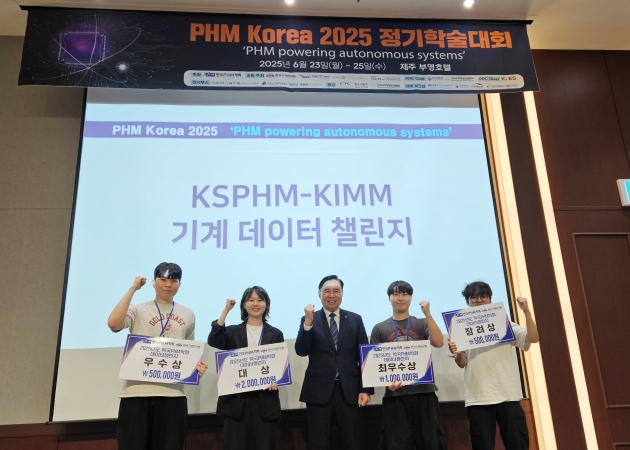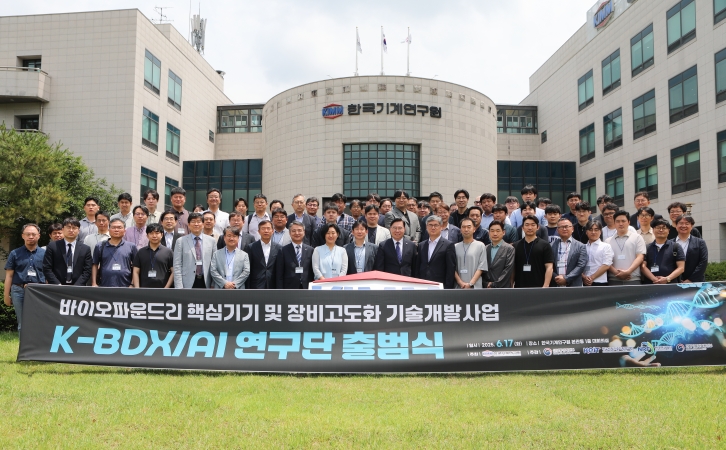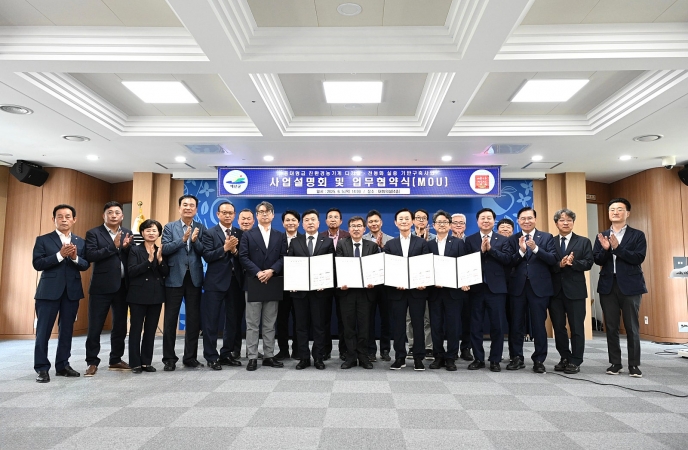AI image models gain creative edge by amplifying low-frequency features
Recently, text-based image generation models can automatically create high-resolution, high-quality images solely from natural language descriptions. However, when a typical example like the Stable Diffusion model is given the text "creative," its ability to generate truly creative images remains limited.
phys.org : computer-sciences
Bilinear sequence regression model shows why AI excels at learning from word sequences
Researchers at EPFL have created a mathematical model that helps explain how breaking language into sequences makes modern AI-like chatbots so good at understanding and using words. The work is published in the journal Physical Review X.
phys.org : computer-sciences
New search tool brings 21% better accuracy for robotics developers
Imagine you are in a vast library with no catalog, typing random words into a search bar and hoping to stumble upon the exact book you need. That has been the reality for many roboticists trying to find the right ROS (Robot Operating System) package. With over 7,500 options available, keyword searches often return irrelevant results, wasting developers' precious time and energy.
phys.org : computer-sciences
식품 신선도를 실시간으로 알 수 있는 스마트 포장 센서 개발
식품 신선도를 실시간으로 알 수 있는 스마트 포장 센서 개발 – 나노기술 기반 유연 SERS 센서 플랫폼으로 포장지 뜯지 않고도 식품 안전 모니터링 – 국가과학기술연구회(이사장 김영식) 산하 한국기계연구원(원장 류석현, 이하 기계연) 나노리소그래피연구센터 정준호 책임연구원 연구팀은 국립한밭대학교, 고려대학교 세종캠퍼스와 공동으로 식품
한국기계연구원 > KIMM NEWS
Coordinating computers in a relativistic universe: Expert ponders how algorithms might function across space
Will algorithms designed for interconnected computers hold up if some of the machines are not here on Earth but flying about in space, onboard satellites or spacecraft?
phys.org : computer-sciences
K-Machine 기계연, 'K-CNC' 개발로 공작기계 국산화 길 성큼!
K-Machine 기계연, 'K-CNC' 개발로 공작기계 국산화 길 성큼! - 기계연, 국내 산학연 CNC 개발 역량 총 집대성한 ‘K-CNC' 시스템 개발 - - 국내 제조업체와 공동 실증으로 가공 성능 입증 - - ’공작기계의 두뇌‘ 핵심부품 기술 자립 실현 및 미래 제조혁신 견인 - □ 디지털 첨단 제조공정에서
한국기계연구원 > KIMM NEWS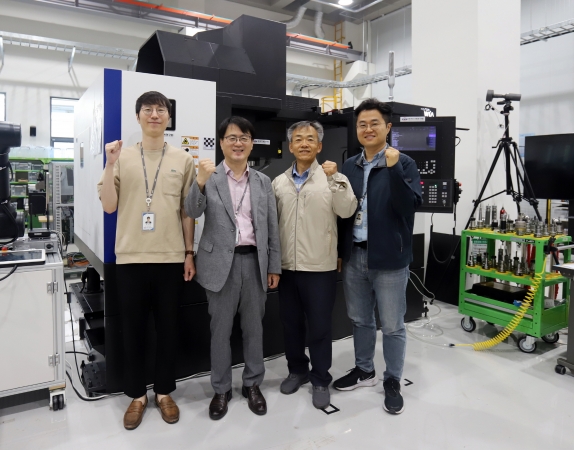
황정아 의원, 출연연 릴레이 방문...기계연 연구현장 애로사항 청취
더불어민주당 황정아 의원, 한국기계연구원 방문… 신진연구자 등과 과학기술계 발전 새 길을 모색하다 □ 더불어민주당 황정아 국회의원(대전 유성을)은 6월 17일(화) 국가과학기술연구회 산하 한국기계연구원(원장 류석현, 이하 기계연) 대전 본원을 방문해 정책간담회를 갖고 연구현장의 애로사항을 청취하고 과학기술 정책 방향을 토론했다. □ 이번
한국기계연구원 > KIMM NEWS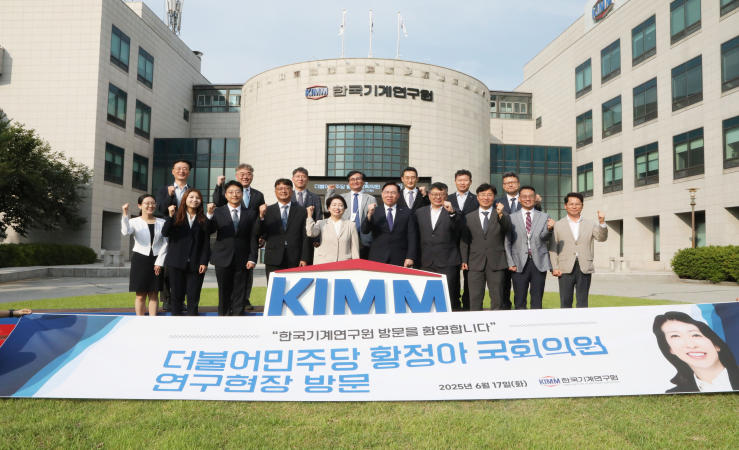
The hidden bias pushing women out of computer science
At the dawn of computing, women were the early adopters of computational technology, working with punch cards in what was then considered secretarial work. As computer science evolved into a prestigious field focused on algorithms and theory, women became—and remained—underrepresented. Today, only 23% of bachelor's and doctoral degrees in computer science are awarded to women, and just 18% of full professors are women—fewer than in the 1980s.
phys.org : computer-sciences
From code to commands: Prompt training technique helps users speak AI's language
Today's generative artificial intelligence models can create everything from images to computer applications, but the quality of their output depends largely on the prompt a human user provides.
phys.org : computer-sciences
Improved slime mold algorithm boosts efficiency in e-commerce cloud data migration
As e-commerce platforms grow ever more reliant on cloud computing, efficiency and sustainability have come to the fore as urgent pressures on development. A study published in the International Journal of Reasoning-based Intelligent Systems has introduced an innovative approach to the problem based on a slime mold algorithm (SMA). The work could improve both performance and energy efficiency for e-commerce systems.
phys.org : computer-sciences
Benchmarking hallucinations: New metric tracks where multimodal reasoning models go wrong
Over the past decades, computer scientists have introduced increasingly sophisticated machine learning-based models, which can perform remarkably well on various tasks. These include multimodal large language models (MLLMs), systems that can process and generate different types of data, predominantly texts, images and videos.
phys.org : computer-sciences
Researcher explores visual media through the lens of machine vision
Large visual collections, such as paintings, photographs, drawings, and other forms of visual media, offer valuable insights into historical events, social life, and artistic expression. These collections are key to understanding how societies produce and use images to shape cultural meaning over time. Yet they remain difficult to study due to their sheer size, often consisting of hundreds of thousands of items, and their intrinsic complexity, including diverse visual features, contents, contexts, and metadata structures.
phys.org : computer-sciences
Explainable AI: New framework increases transparency in decision-making systems
A new explainable AI technique transparently classifies images without compromising accuracy. The method, developed at the University of Michigan, opens up AI for situations where understanding why a decision was made is just as important as the decision itself, like medical diagnostics.
phys.org : computer-sciences
Rethinking AI: Researchers propose a more effective, human-like approach
New research from Rensselaer Polytechnic Institute (RPI) could help shape the future of artificial intelligence by making AI systems less resource-intensive, higher performing, and designed to emulate the human brain. The research was published in Patterns, titled "Dimensionality and dynamics for next-generation neural networks."
phys.org : computer-sciences
Researchers speed up simulations with smarter data approach
A team at Stanford has shown that using fewer, higher-quality data points can speed up complex simulations. The method could impact fields from aircraft certification to climate modeling.
phys.org : computer-sciences
Algorithm lets a robot 'think ahead' and consider thousands of potential motion plans simultaneously
Ready for that long-awaited summer vacation? First, you'll need to pack all items required for your trip into a suitcase, making sure everything fits securely without crushing anything fragile.
phys.org : computer-sciences
Chain-of-Zoom framework enables extreme super-resolution zoom without retraining
A trio of AI researchers at KAIST AI, in Korea, has developed what they call a Chain-of-Zoom framework that allows the generation of extreme super-resolution imagery using existing super-resolution models without the need for retraining.
phys.org : computer-sciences
Prepping for Q-Day: Physics-based encryption aims to secure data in the quantum computing era
In our hyper-connected world, we rely on encrypted communications every day—to shop online, digitally sign documents, make bank transactions, check our steps on fitness trackers.
phys.org : computer-sciences

